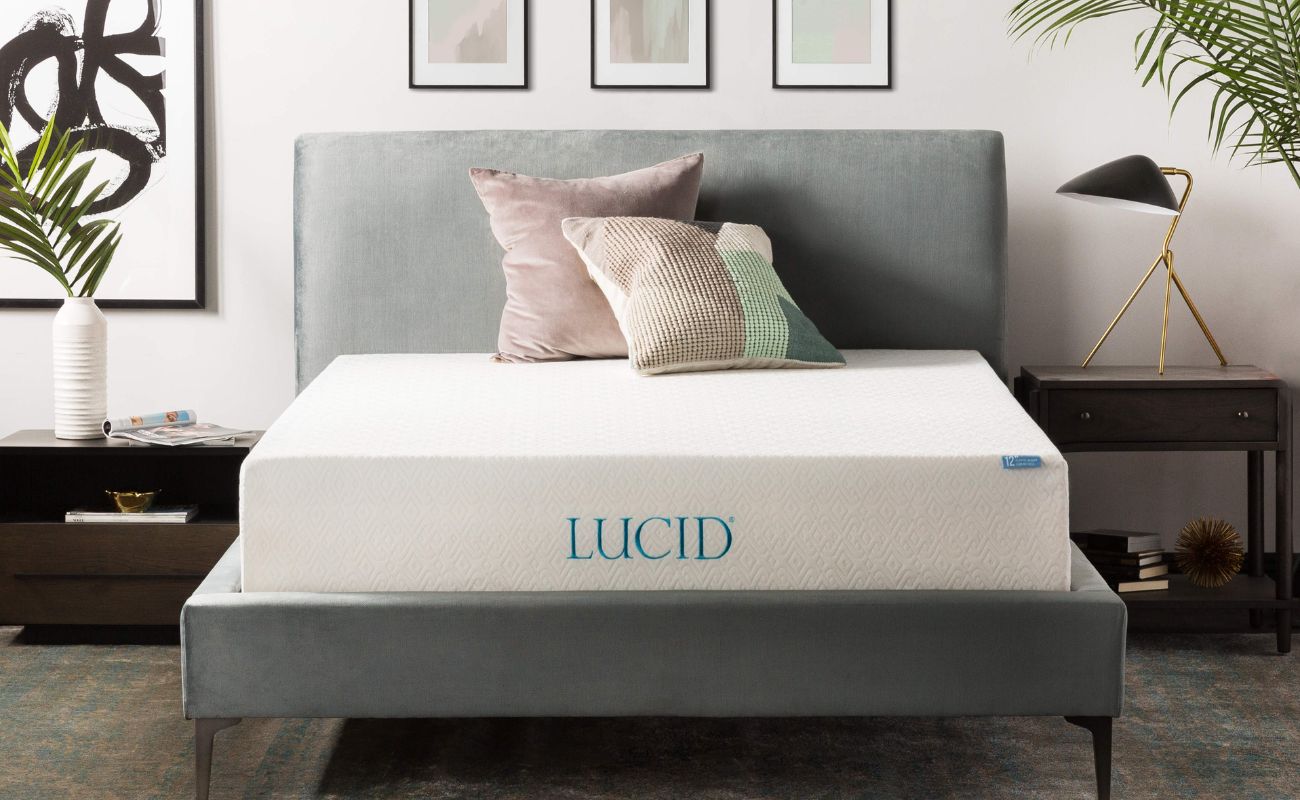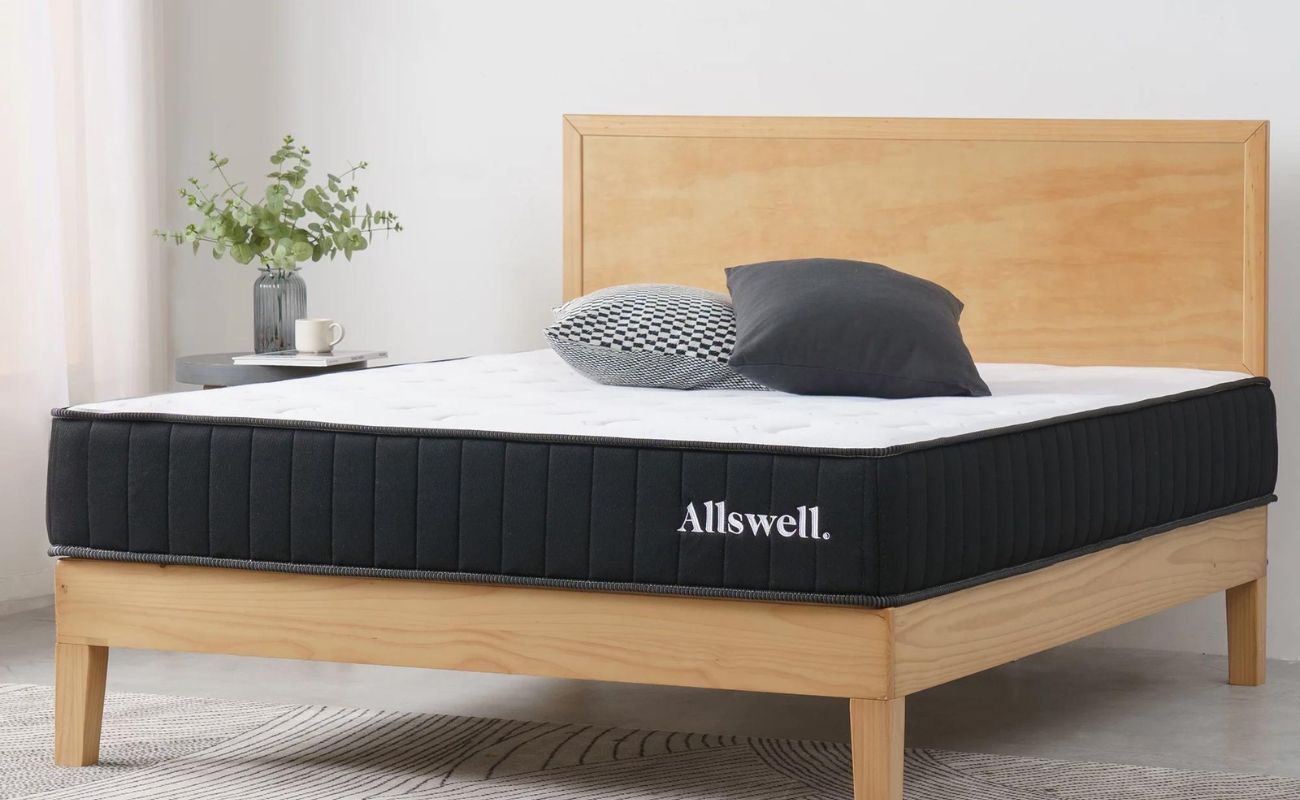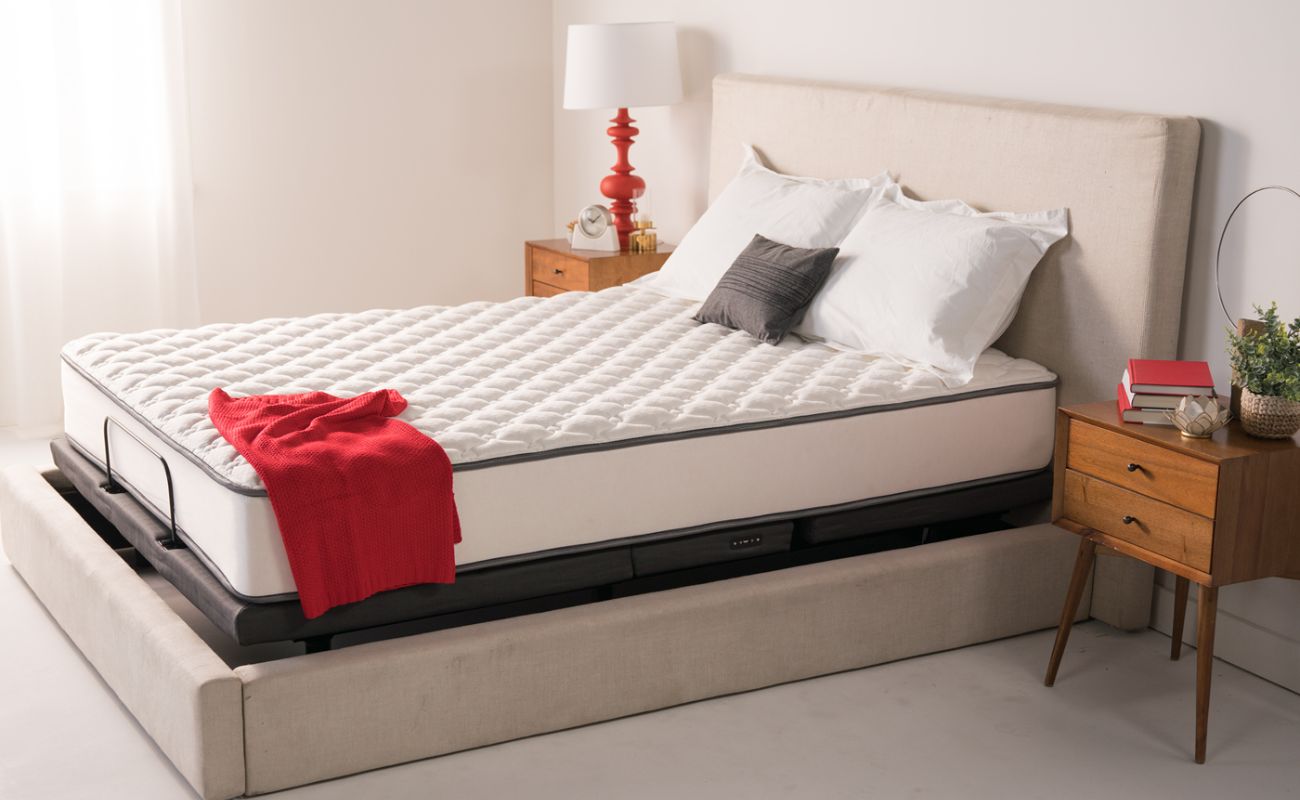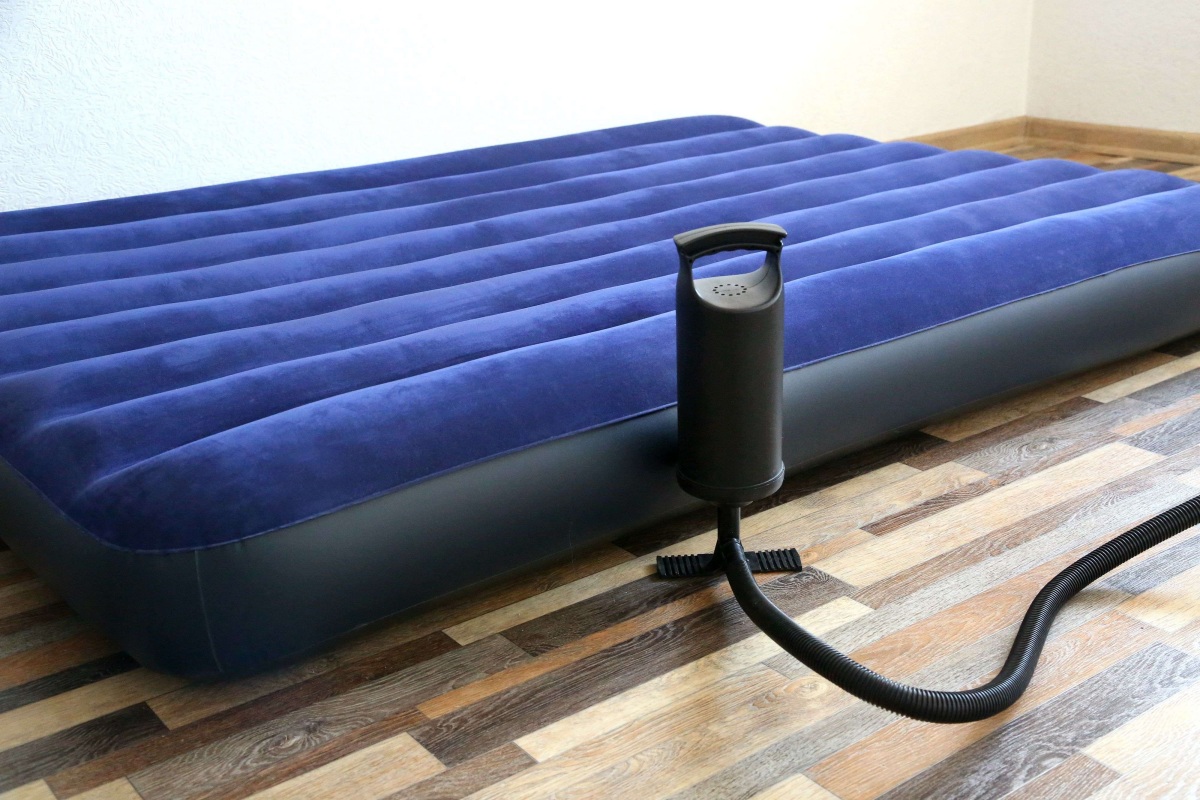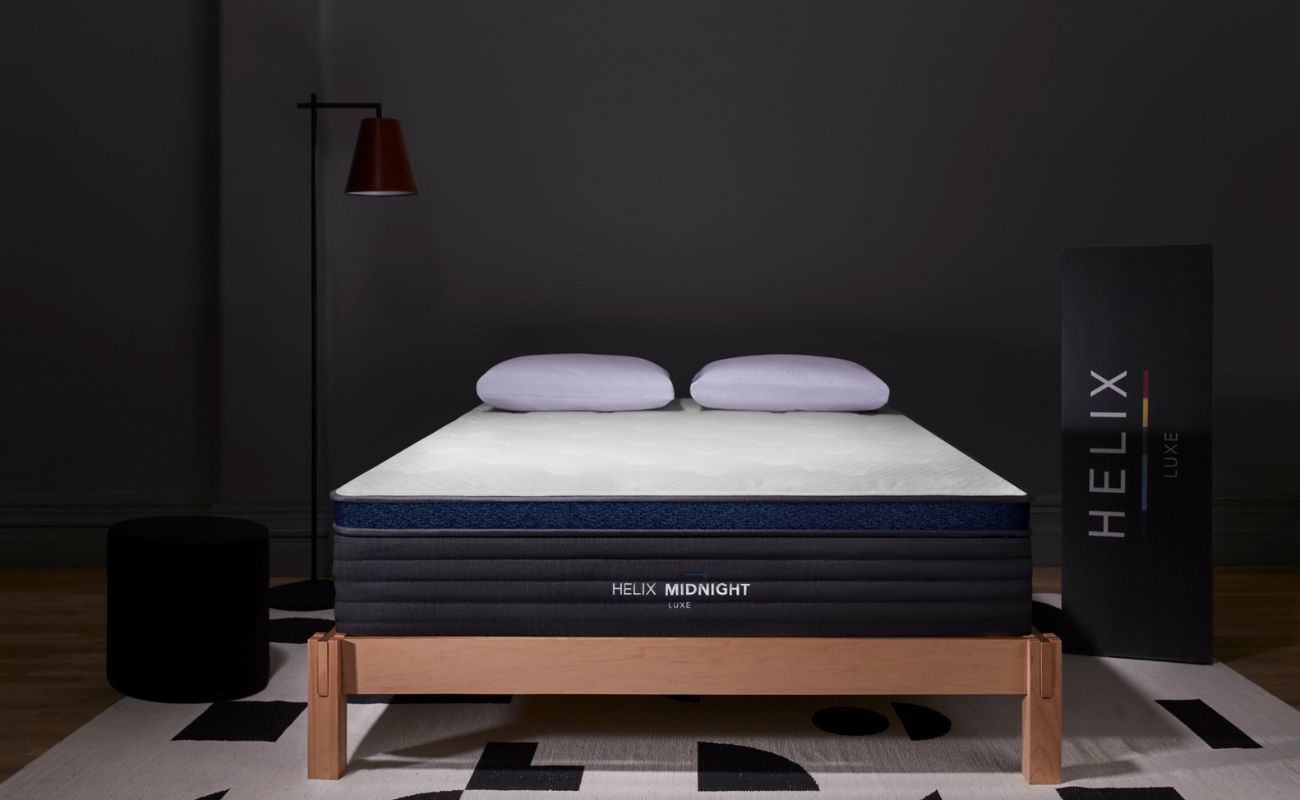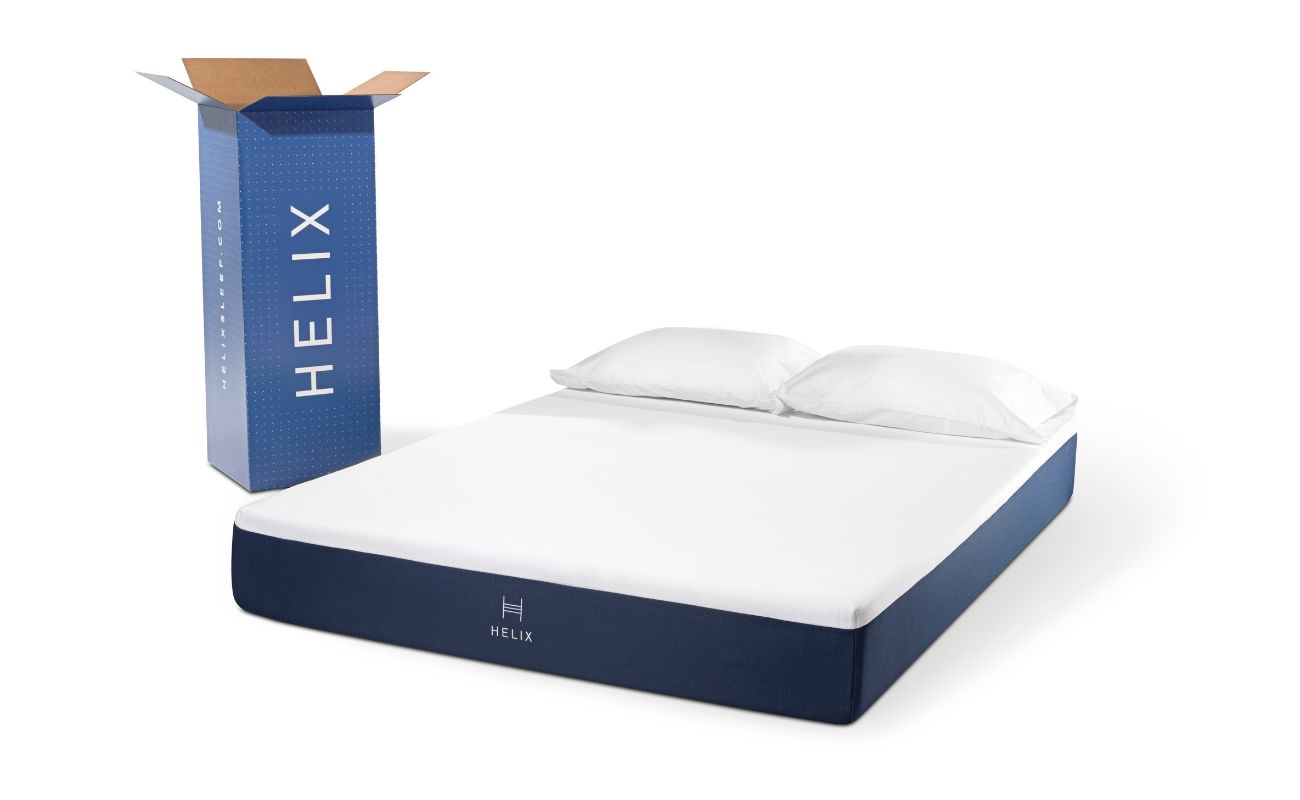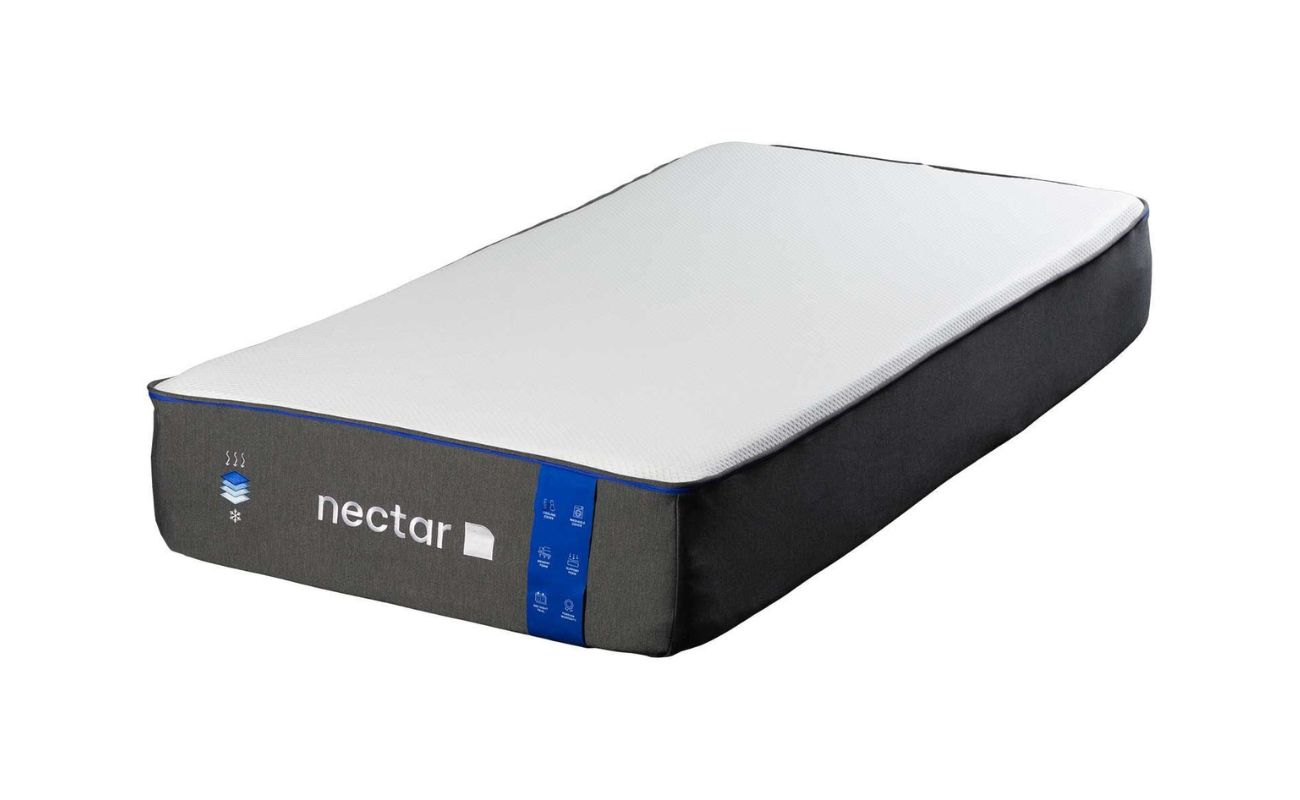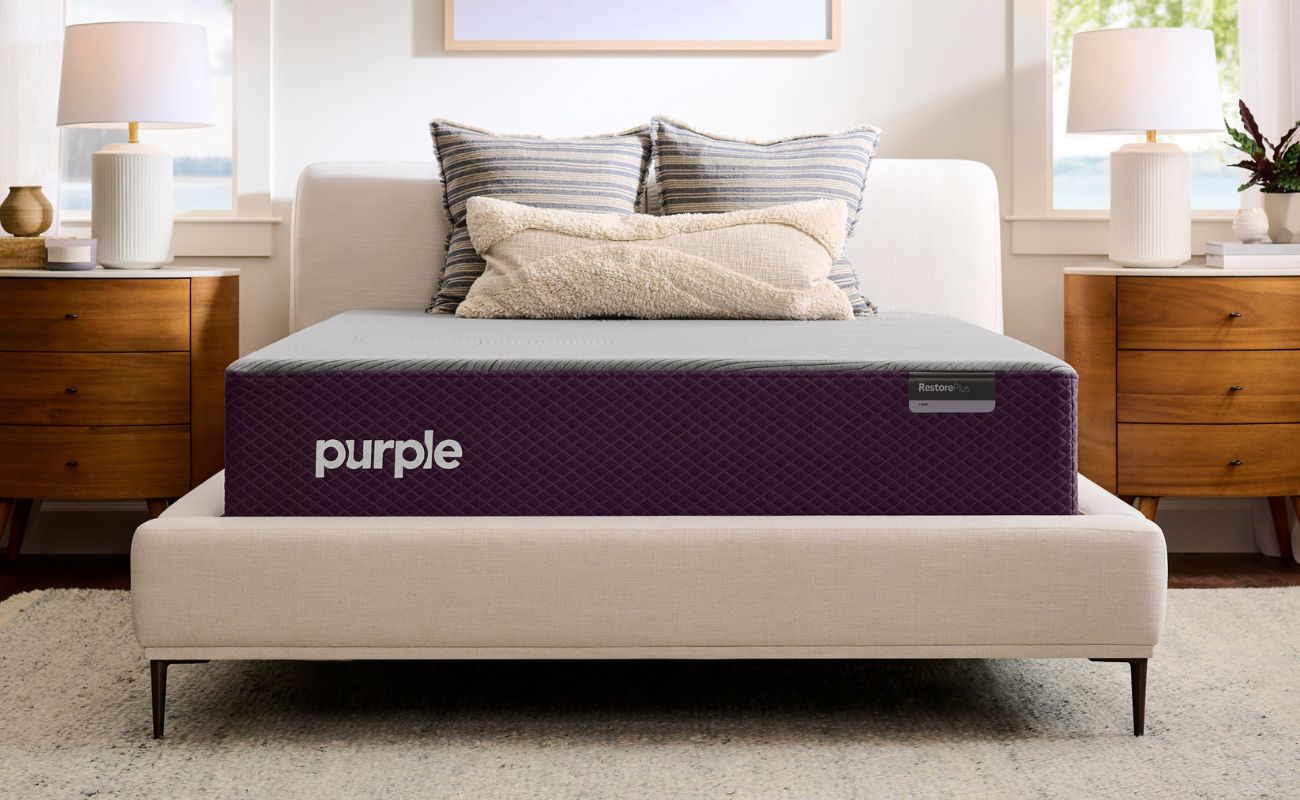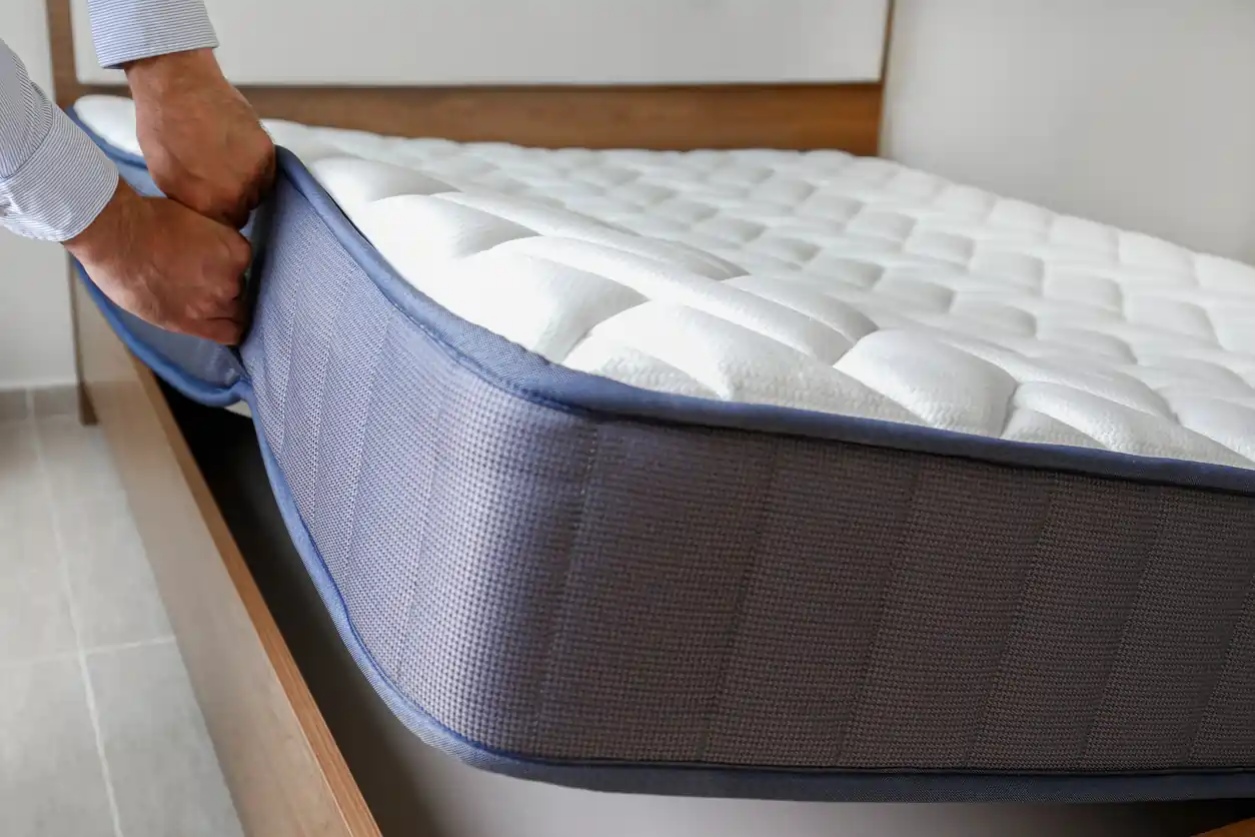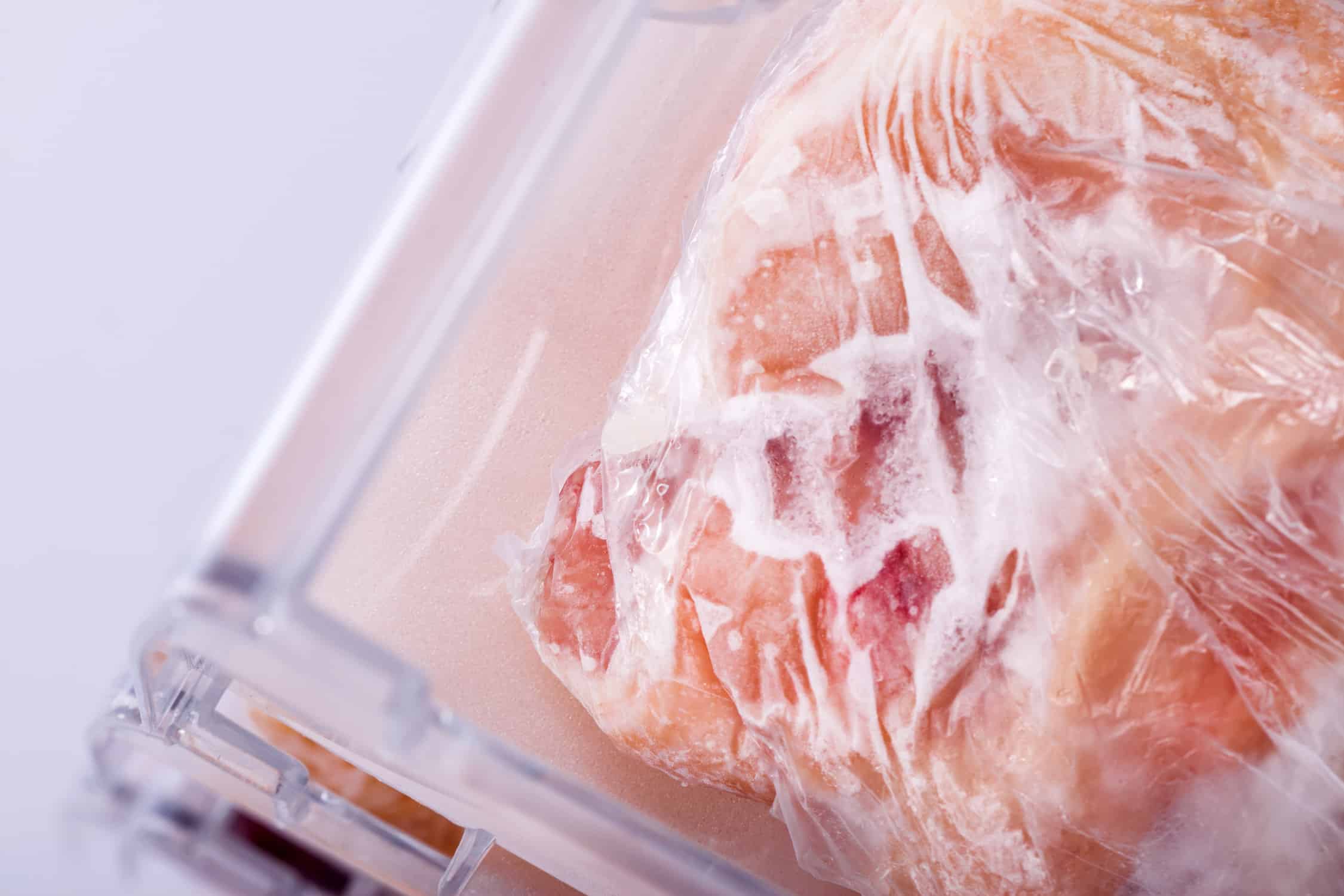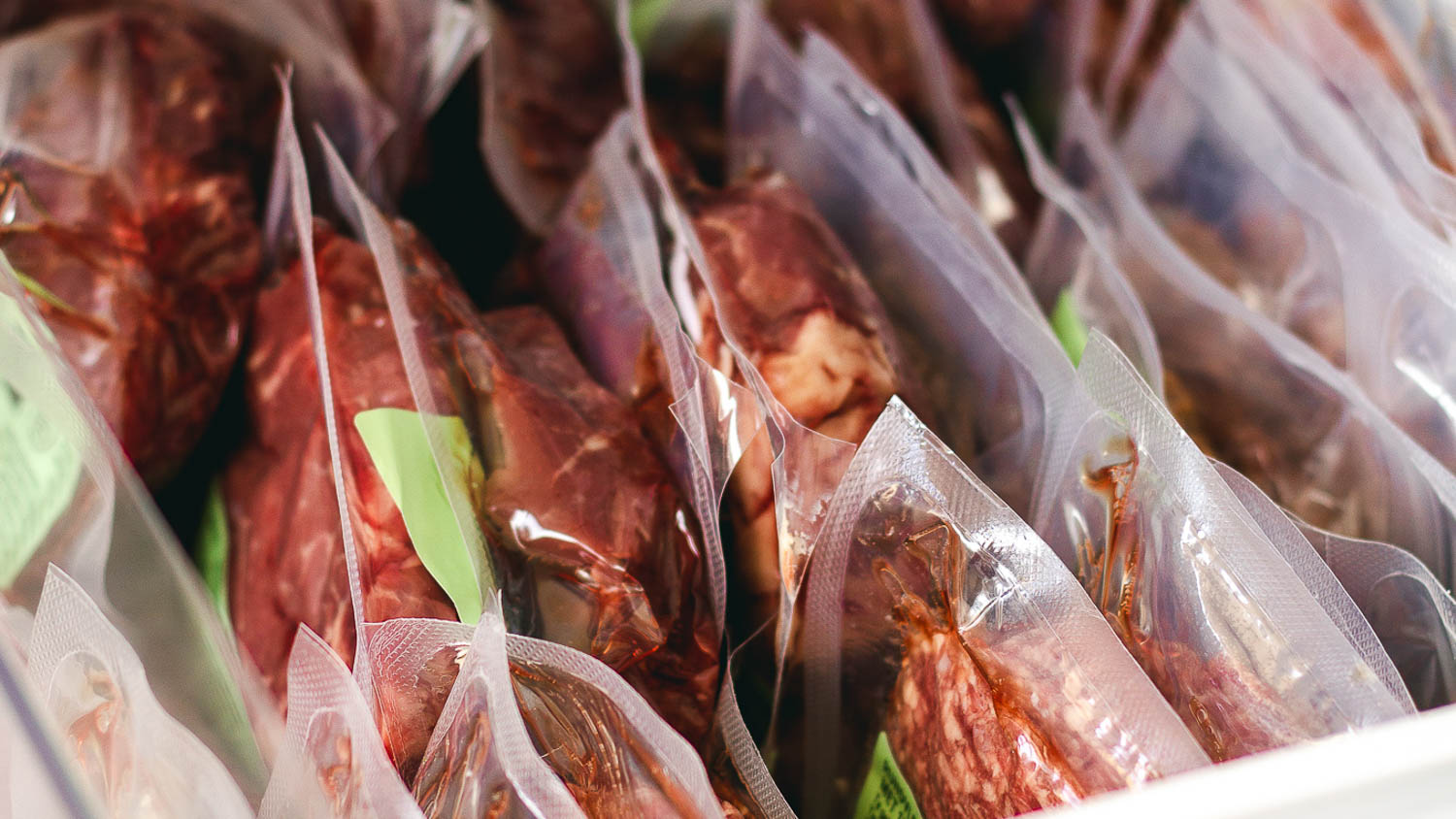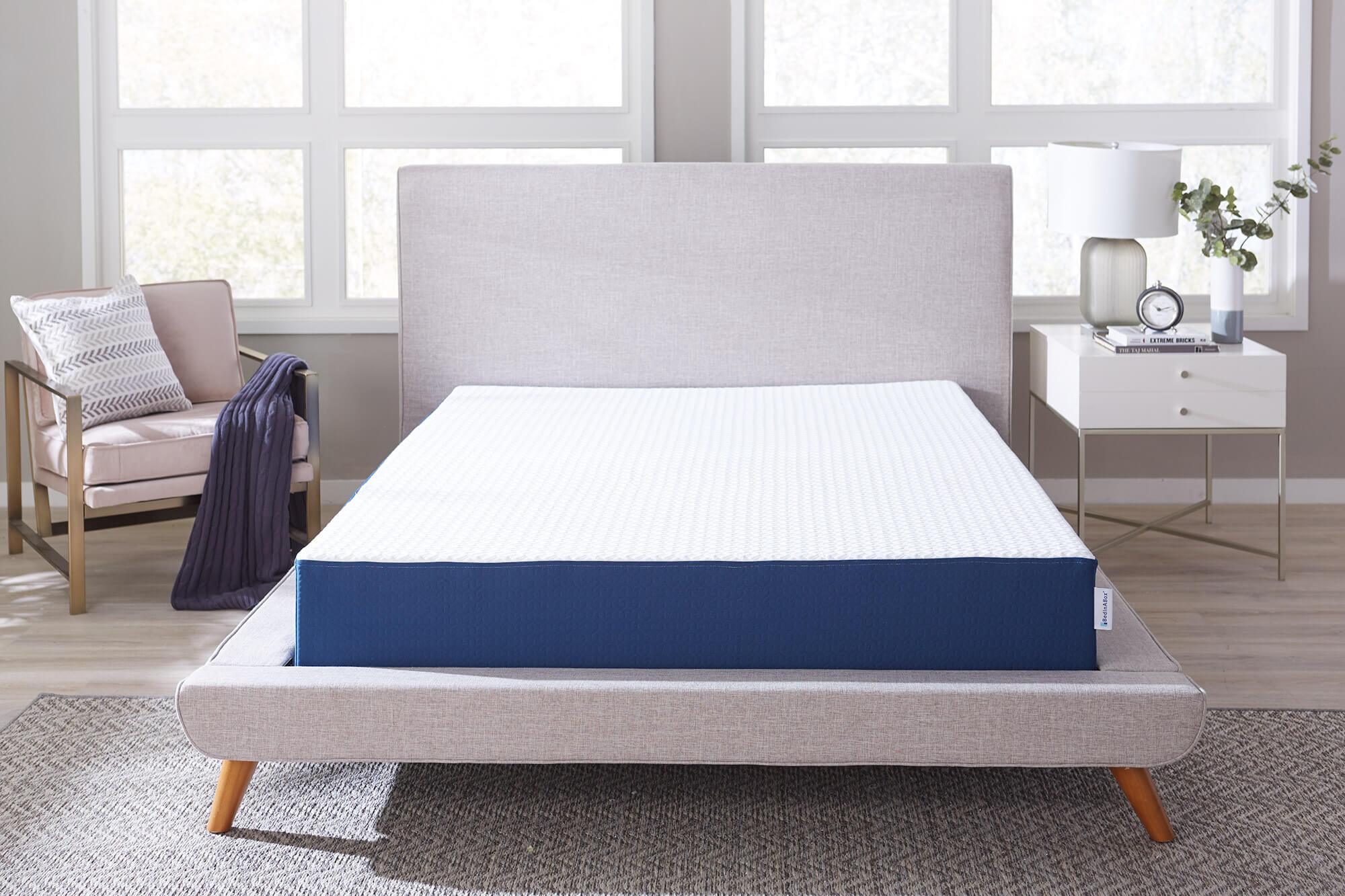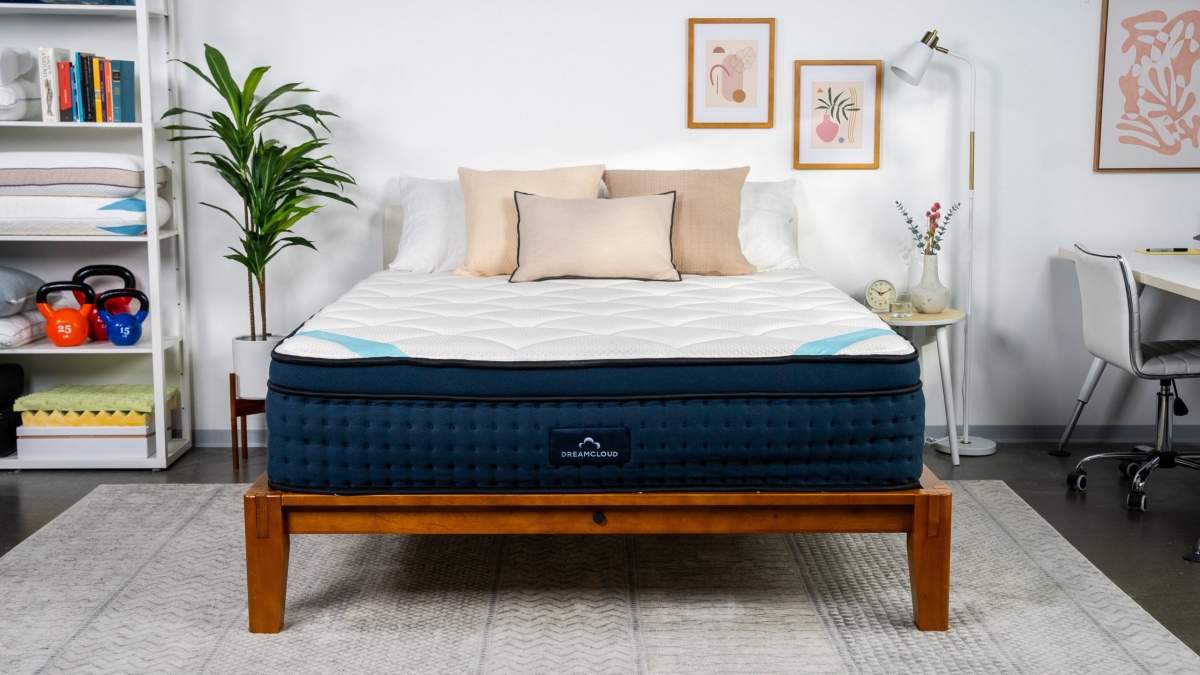Home>Furniture>Bedroom Furniture>How Long Does It Take To Vacuum Seal A Mattress
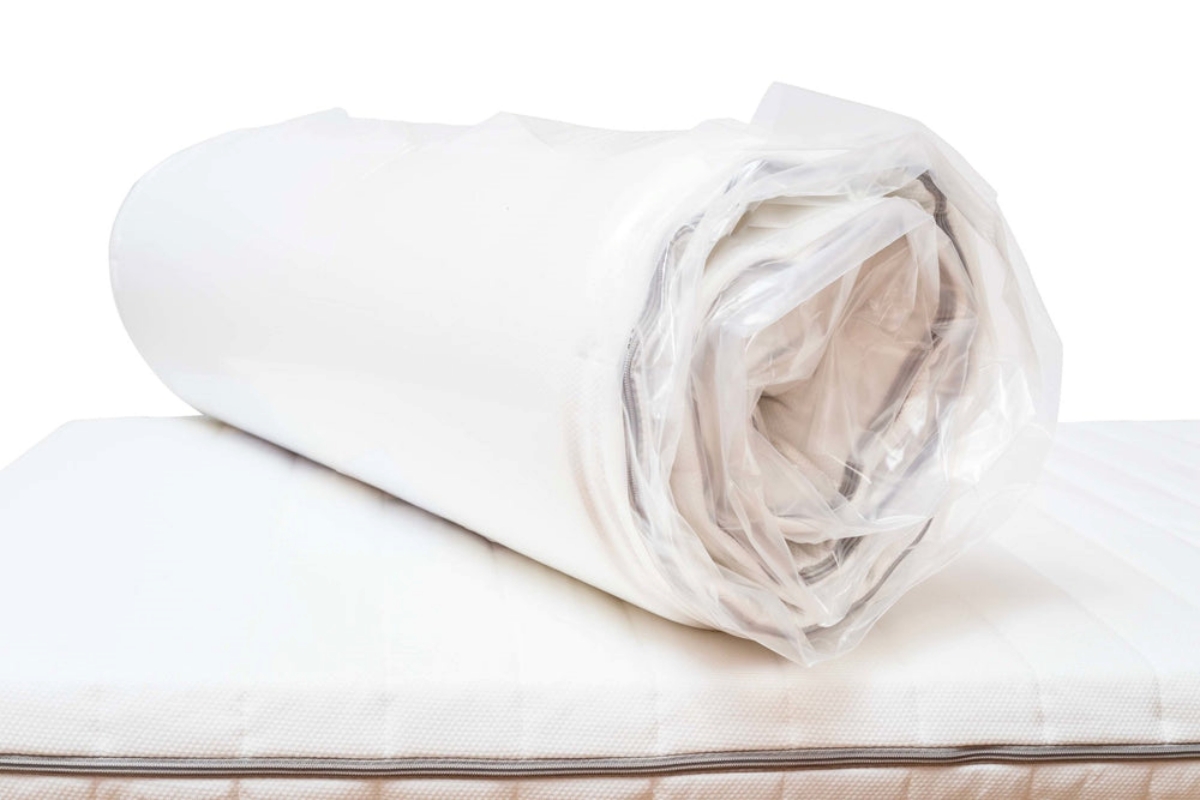

Bedroom Furniture
How Long Does It Take To Vacuum Seal A Mattress
Modified: January 24, 2024
Discover how long it takes to vacuum seal a mattress and protect your bedroom furniture. Get expert tips and advice for efficient and effective mattress sealing.
(Many of the links in this article redirect to a specific reviewed product. Your purchase of these products through affiliate links helps to generate commission for Storables.com, at no extra cost. Learn more)
Introduction
In today’s fast-paced world, finding ways to optimize space and preserve the quality of our belongings is essential. When it comes to bedroom furniture, vacuum sealing can be a game-changer. Vacuum sealing a mattress not only saves space but also protects it from dust, moisture, and pests, making it a fantastic option for those looking to store or transport their mattresses.
In this article, we will explore the concept of vacuum sealing a mattress, the benefits it offers, and the factors that affect the time it takes to complete the process. We will also delve into the step-by-step process of vacuum sealing a mattress and provide some useful tips for a faster, more efficient experience.
So, if you’re curious about how long it takes to vacuum seal a mattress and looking for practical advice to make the process smoother, sit back, relax, and read on!
Key Takeaways:
- Vacuum sealing a mattress offers space optimization, protection from dust and pests, and easier transportation. Factors like mattress size and vacuuming strength can affect the time taken, but efficient techniques can expedite the process.
- To speed up vacuum sealing, choose the right equipment, optimize positioning, and utilize a powerful vacuum cleaner. Checking for leaks, practicing efficient technique, and working in suitable environmental conditions can also save time and effort.
What is Vacuum Sealing a Mattress?
Vacuum sealing a mattress is the process of removing air from a storage bag and tightly compressing the mattress inside. This is done using a vacuum cleaner or a specialized vacuum sealing machine. The compressed mattress is then sealed in an airtight bag, which helps protect it from dust, moisture, and pests.
The main purpose of vacuum sealing a mattress is to save space. By removing the air and compressing the mattress, you can significantly reduce its size, making it easier to store or transport. This is particularly useful when moving to a new home, downsizing, or temporarily storing a mattress.
Vacuum sealing also provides additional benefits beyond space-saving. It helps keep your mattress clean and fresh, as it prevents any dirt or dust from settling on the surface during storage. This is especially important if you plan on storing the mattress for an extended period. Additionally, vacuum sealing helps protect the mattress from moisture, which can cause mold and mildew to develop. By keeping the mattress tightly sealed, you minimize the risk of damage due to moisture exposure.
Furthermore, vacuum sealing can help safeguard your mattress against pests such as bed bugs and mites. These annoying creatures thrive in warm and humid environments, and vacuum sealing creates an inhospitable condition for them. It acts as a barrier, preventing pests from infiltrating the mattress and making it a safe option for long-term storage.
Overall, vacuum sealing a mattress is a practical and efficient way to save space, protect against dirt and pests, and maintain the quality of your mattress during storage or transportation.
Benefits of Vacuum Sealing a Mattress
Vacuum sealing a mattress offers numerous benefits beyond just saving space. Let’s take a closer look at some of the key advantages:
- Space Optimization: Vacuum sealing a mattress allows you to maximize your available storage space. By compressing the mattress, it takes up significantly less space, making it easier to store in closets, basements, or even under beds.
- Protection from Dust and Dirt: When a mattress is vacuum sealed, it is enclosed in an airtight bag that keeps dust, dirt, and other debris from settling on its surface. This ensures that your mattress remains clean and fresh during storage.
- Moisture Prevention: Vacuum sealing provides a barrier against moisture, protecting your mattress from potential water damage. This is particularly beneficial if you are storing the mattress in a damp environment or during a move when there is a risk of exposure to moisture.
- Pest Resistance: Vacuum sealing helps keep unwanted pests such as bed bugs, mites, and other insects at bay. The airtight seal acts as a protective shield, preventing pests from infiltrating the mattress and causing damage.
- Long-Term Storage: If you need to store your mattress for an extended period, vacuum sealing is an excellent option. By eliminating air and sealing it in airtight packaging, you can preserve the condition of your mattress for months or even years.
- Easier Transportation: Vacuum-sealed mattresses are easier to transport, especially when moving to a new home. The reduced size and compressed form make it simpler to maneuver through doorways, hallways, and tight spaces.
- Cost-Effective: Vacuum-sealing your mattress can save you money in the long run. By protecting it from potential damage, you can extend its lifespan, reducing the need for frequent replacements.
Overall, the benefits of vacuum sealing a mattress go beyond just space-saving. It provides protection, cleanliness, and convenience, ensuring that your mattress stays in optimal condition throughout its lifespan.
Factors that Affect the Time Taken to Vacuum Seal a Mattress
The time taken to vacuum seal a mattress can vary depending on several factors. Let’s explore the key factors that can influence the duration of the process:
- Size of the Mattress: The size of the mattress is one of the primary factors affecting the time required for vacuum sealing. Larger mattresses naturally take more time to compress and remove air compared to smaller ones.
- Thickness of the Mattress: Thicker mattresses generally take longer to vacuum seal due to the amount of material that needs to be compressed and the larger volume of air that needs to be removed.
- Type of Vacuum Sealing Device: The type and quality of the vacuum sealing device used can significantly impact the time required. Higher-end vacuum sealing machines are typically more efficient and can complete the process faster compared to using a regular vacuum cleaner or manual compression methods.
- Type of Storage Bag: The type and quality of the storage bag utilized also play a role in the time taken to vacuum seal. Bags that are specifically designed for vacuum sealing mattresses with a more effective seal mechanism can streamline the process and save time.
- Vacuuming Strength: The power and suction strength of the vacuum cleaner or vacuum sealing machine used can affect the time required for vacuum sealing. More powerful devices can extract air more quickly, resulting in a faster overall process.
- Experience and Technique: Familiarity with the vacuum sealing process and employing efficient techniques can contribute to a faster and smoother experience. With practice, one can become more proficient in positioning the mattress, attaching the vacuum hose, and ensuring a proper seal, thereby reducing the time taken.
- Environmental Conditions: Environmental factors such as humidity and temperature can influence the speed of the vacuum sealing process. Higher humidity levels can slow down the removal of air, while lower temperatures may affect the flexibility and compressibility of the mattress material.
It’s important to note that while these factors can impact the time taken to vacuum seal a mattress, the overall duration may still vary depending on individual circumstances and equipment used. Following best practices and employing efficient techniques can help minimize the time required and maximize the benefits of vacuum sealing.
When vacuum sealing a mattress, it typically takes around 5-10 minutes to remove the air and compress it to a manageable size. Make sure to use a vacuum with a strong suction power for best results.
Process of Vacuum Sealing a Mattress
Vacuum sealing a mattress is a straightforward process that can be completed with the right equipment and a few simple steps. Here is a step-by-step guide to help you through the process:
- Choose the Right Equipment: Select a vacuum sealing device suitable for mattress compression. This can be a vacuum sealing machine specifically designed for this purpose or a regular vacuum cleaner with a hose attachment and a sealing bag.
- Prepare the Mattress: Remove all bedding and ensure the mattress is clean and dry before vacuum sealing. It’s important to address any stains or moisture issues beforehand, as vacuum sealing can trap them and potentially cause damage.
- Position the Mattress: Place the mattress on a clean, flat surface, ensuring there is enough space to work around it comfortably. If necessary, remove any obstacles that may obstruct the vacuum sealing process.
- Attach the Vacuum Hose: If using a vacuum sealing machine, follow the manufacturer’s instructions to attach the hose securely to the designated outlet. If using a regular vacuum cleaner, connect the hose attachment firmly.
- Insert the Mattress into the Storage Bag: Gently slide the mattress into the storage bag, ensuring it fits snugly. If using a bag specifically designed for vacuum sealing mattresses, follow the bag’s instructions for proper positioning and sealing.
- Start the Vacuuming Process: Turn on the vacuum sealing device or vacuum cleaner and begin the suction process. Ensure that the hose is properly aligned and securely attached to the bag’s designated valve or opening.
- Remove Air from the Bag: Allow the vacuum cleaner or vacuum sealing machine to remove air from the bag gradually. This process may take a few minutes, depending on the size and thickness of the mattress and the vacuuming strength of the device.
- Seal the Bag: Once the majority of the air has been removed and the mattress is sufficiently compressed, quickly seal the storage bag using the bag’s built-in sealing mechanism or by using a heat sealer tool, if necessary.
- Double-check the Seal: Before considering the process complete, ensure that the storage bag is tightly sealed and properly secured. Double-check for any leaks or gaps that may compromise the vacuum seal.
- Store or Transport the Vacuum-Sealed Mattress: Now that your mattress is vacuum-sealed, you can safely store it in a suitable location or transport it to its intended destination. Be mindful of handling the compressed mattress with care to avoid any damage.
By following these steps, you can successfully vacuum seal your mattress and enjoy the benefits of space-saving, protection, and convenience.
Read more: How Long Does Purple Mattress Take To Ship
How Long Does It Typically Take to Vacuum Seal a Mattress?
The time it takes to vacuum seal a mattress can vary depending on several factors, including the size, thickness, type of vacuum sealing device, and individual experience. While the actual duration may differ from person to person, a general estimate can be provided based on common scenarios.
In most cases, the process of vacuum sealing a mattress can take anywhere from 10 minutes to 30 minutes. However, it’s important to note that larger and thicker mattresses may take longer compared to smaller, thinner ones.
When using a vacuum sealing machine that is specifically designed for mattress compression, the process tends to be faster and more efficient. These machines have stronger suction power, allowing them to remove air more quickly and compress the mattress efficiently.
If you are using a regular vacuum cleaner with a hose attachment and a sealing bag, the time taken may be slightly longer compared to using a specialized vacuum sealing machine. The suction power of the vacuum cleaner and the amount of air that needs to be removed will impact the overall duration.
Additionally, the experience and expertise of the person performing the vacuum sealing can influence the time taken. With practice and familiarity with the process, individuals can become more efficient in positioning the mattress, attaching the vacuum hose, and ensuring a proper seal, which can significantly reduce the time required.
It’s worth noting that environmental conditions, such as humidity and temperature, can also play a role in the time taken to vacuum seal a mattress. Higher humidity levels may hinder the removal of air, while lower temperatures can affect the flexibility and compressibility of the mattress material, potentially prolonging the process.
Ultimately, the time taken to vacuum seal a mattress can vary depending on the specific circumstances. By following best practices, using appropriate equipment, and employing efficient techniques, you can optimize the duration and enjoy the benefits of a vacuum-sealed mattress.
Tips for Faster Vacuum Sealing
For those looking to speed up the process of vacuum sealing a mattress, here are some helpful tips to make it more efficient and save time:
- Choose the Right Equipment: Invest in a high-quality vacuum sealing machine that is specifically designed for mattress compression. These machines are typically more efficient and powerful, allowing for faster air removal and compression.
- Prepare the Mattress: Before vacuum sealing, ensure that the mattress is clean, dry, and free from any stains or spills. Addressing any cleaning or maintenance needs beforehand will save time during the actual sealing process.
- Optimize Positioning: Place the mattress on a flat, clean surface with enough room to move around it comfortably. This will make it easier to attach the vacuum hose and maneuver the mattress during the compression process.
- Practice Efficient Technique: Become familiar with the vacuum sealing process and develop an efficient technique. This includes positioning the mattress correctly inside the storage bag, making sure the vacuum hose is securely attached, and sealing the bag promptly once the air has been removed.
- Opt for a Suitable Storage Bag: Use a durable, airtight storage bag specifically designed for mattress vacuum sealing. Bags with efficient sealing mechanisms, such as zip locks or heat sealers, can save time by providing a more secure and quick sealing process.
- Utilize a Powerful Vacuum Cleaner: If you are using a regular vacuum cleaner with a hose attachment, ensure that it has strong suction power. A more powerful vacuum cleaner will remove the air faster, speeding up the overall process.
- Check for Leaks: Before proceeding with the compression process, inspect the storage bag for any leaks or gaps that could compromise the vacuum seal. Addressing any issues beforehand will help avoid wasting time and ensure a proper seal.
- Work in Suitable Environmental Conditions: Vacuum sealing in an environment with lower humidity and moderate temperature can help optimize the process. Lower humidity levels facilitate quicker air removal, while moderate temperatures ensure flexibility and compressibility of the mattress material.
- Seek Assistance: If handling a large or heavy mattress, it may be beneficial to have someone assist you during the process. This can help streamline the compression and sealing process, making it faster and more efficient.
Implementing these tips will help you speed up the vacuum sealing process, saving you time and effort while still ensuring a properly sealed mattress.
Conclusion
Vacuum sealing a mattress offers a multitude of benefits, including space optimization, protection from dust and pests, moisture prevention, and easier transportation. The time it takes to vacuum seal a mattress can vary depending on factors such as the size, thickness, type of equipment, and individual experience. However, by following the right techniques and utilizing efficient practices, you can expedite the process.
Firstly, select the appropriate vacuum sealing equipment for mattress compression, such as a specialized vacuum sealing machine or a powerful vacuum cleaner with a hose attachment. This will ensure quick and efficient air removal. Familiarize yourself with the process and employ efficient techniques, such as positioning the mattress correctly, attaching the vacuum hose securely, and promptly sealing the bag once the air is removed.
Using a high-quality storage bag designed for vacuum sealing mattresses can further expedite the process. Look for a bag with an efficient sealing mechanism, such as a zip lock or heat sealer, for a secure and quick seal. Ensure that the storage bag is free from leaks or gaps to avoid wasting time and compromising the vacuum seal.
Consider the environmental conditions during vacuum sealing. Optimal conditions include lower humidity levels and moderate temperatures, as this facilitates quick air removal and ensures flexibility and compressibility of the mattress material.
By following these tips, you can significantly reduce the time taken to vacuum seal a mattress, making the process faster, more efficient, and less time-consuming.
Vacuum sealing a mattress not only saves space but also protects it from dust, pests, and moisture, ensuring its longevity and optimal condition. Whether you are moving to a new home, downsizing, or simply looking to store your mattress, vacuum sealing is a practical solution.
So, take advantage of this space-saving and protective method to store or transport your mattress, and enjoy the convenience and peace of mind it offers. Happy vacuum sealing!
Frequently Asked Questions about How Long Does It Take To Vacuum Seal A Mattress
Was this page helpful?
At Storables.com, we guarantee accurate and reliable information. Our content, validated by Expert Board Contributors, is crafted following stringent Editorial Policies. We're committed to providing you with well-researched, expert-backed insights for all your informational needs.
